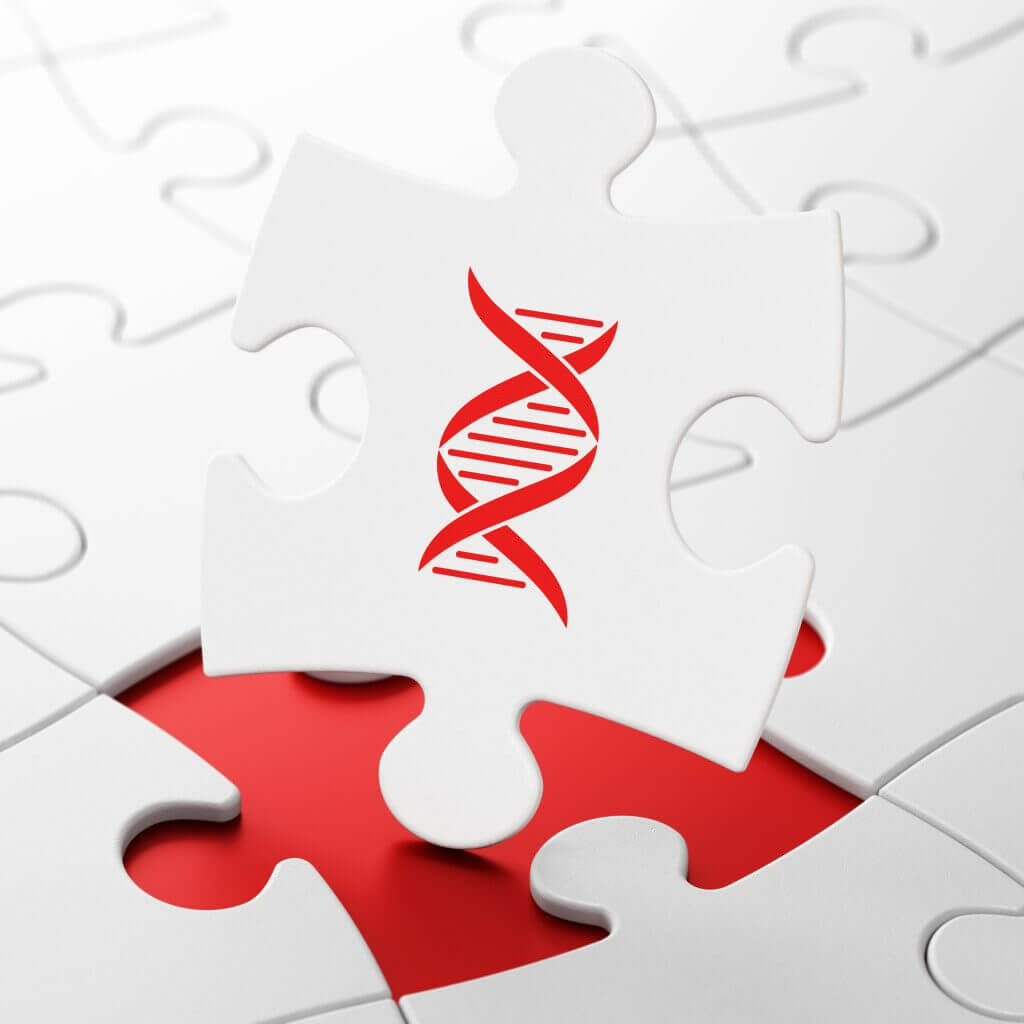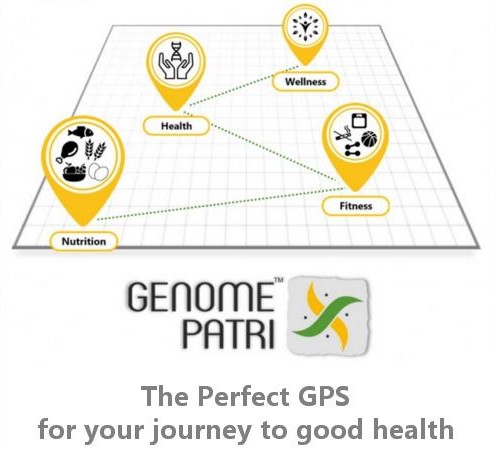Prevention is better than Cure
Aug 17, 2019
33934 Views
This is an oft-repeated, oft-mentioned idiom that we have been hearing ever since we were children – from our teachers, from our elders and from anyone who cared to give us his or her piece of mind. Have we ever given this time-honored idiom an adequate amount of thought? What does it really mean?
It’s common sense really – preventing something from happening is way better than trying to put resources in curing it. This idiom makes more sense when talked about in term of our health. If we can prevent a health condition, it is way better than going through the pain and suffering that comes along with trying to cure it.
As children, we were given lessons in cleanliness as a sure shot way of preventing common infections. Washing of hands after using the toilet and before eating, taking a thorough bath every day, sneezing with mouth covered, washing fruits and vegetables before consumption and so on. But there is a deeper connotation to this idiom when it comes to preventing many kinds of health problems. Let us dive in.
Our body is made up of more than 37 trillion cells. Each of these cells harbors a long, spiral molecule called the DNA. DNA is the Master Molecule of Life, controlling every aspect thereof. Apart from the way we look and all the physiologic processes that happen inside our body, the DNA also determines our predisposition to many kinds of diseases, like diabetes, cancers, mental disorders (like Alzheimer’s and Parkinson’s) and so on. This usually happens if you have a faulty gene. By faulty, we mean a gene that has a slightly different sequence than a normal one. Such a gene is called a variant or mutant.

So, in theory, if we could somehow read this information from our DNA, we can find out if we are at risk of a particular disease. But while this is easier said than done, we have progressed a great deal in making this a reality. Today, not only do we have the technology to find a particular gene from a DNA sample, we also have a fair bit of understanding of the role of that particular gene in the initiation and progression of a disease.
The most popular celebrity example of this kind of prevention is the actress Angelina Jolie who underwent double mastectomy and had her ovaries and fallopian tubes removed surgically when she found out that she had an almost 90% chance of developing breast cancer and 50% chance of developing ovarian cancer. What prompted her to take such a drastic decision? During a screening test, she was found to have a mutated BRCA1 gene that put her at a serious risk of cancer. Is the test foolproof, you may ask? No, we’ll answer, if by that you mean that Jolie would have surely suffered from cancer. Merely having a mutated gene does not mean that a person will suffer from a disease. But we are talking about prevention and how it is better than cure. Because the science behind it was foolproof, Jolie decided to err on the side of caution.
Genetic disease risk assessment
It is a dynamically growing field. With more research happening, the field will only become more robust in its assessment of disease predispositions. While Jolie’s case was extreme, for most people, a simple, yet definitive, change in diet and lifestyle is enough to help prevent the impending health condition. For instance, if a person finds that he or she is at risk of type 2 diabetes, he or she can make changes to the way they eat, along with certain lifestyle modifications as well as a disciplined regimen of physical exercise and stress management techniques. This will ensure that they do not get a full-blown diabetic condition.
The growing fields of Nutrigenomics and Nutrigenetics have helped us understand how the food that we eat interacts with our body at the cellular level. Using this information, we can find the root causes of food sensitivities as well as risks of health conditions due to our dietary habits. Avoiding foods that can make us potentially sick is a real possibility.
Genomepatri is one such….scratch that…is the Ultimate Personal genomics test! Such tests are simple to perform (it only needs a saliva swab) but are extremely powerful in the value they provide. After the tests results are out, experts help you decipher the meaning of the results and also guide you to take appropriate steps to decrease the risks of any health conditions you might be at risk of. A change in diet and lifestyle is all that is needed in most of the cases to reduce risks. And again, simply having the potentially harmful variant does not mean that you will get the disease. Such a gene variant can be effectively “silenced” by making subtle changes to diet and lifestyle.
Prevention of diseases has come a long way; from espousing cleanliness to screening for potentially risky gene variations. Genetic screening for diseases is of utmost value for individuals who have a family history of a disease or work in a potentially hazardous environment. Investment in this kind of preventive screening makes complete sense considering the poor prognosis of the many diseases it can help find predispositions to.


